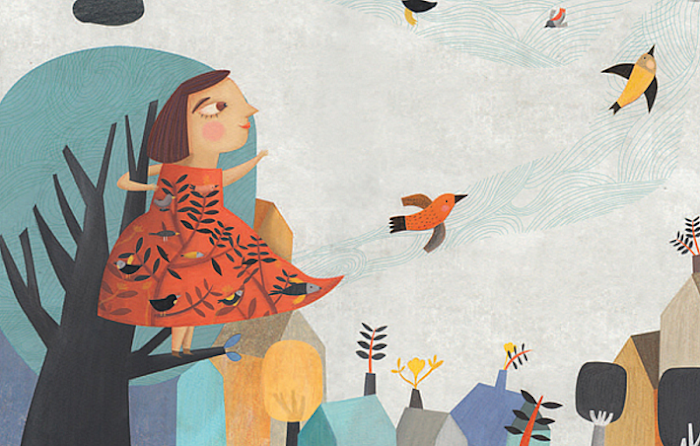
Other
All you need to know about making children’s book illustrations
Intervening into children’s book illustration
Imagery is very important to children, nothing else gives more life to a story than its visual aspects for a little kid. It is essential to ignite their imagination since children are the biggest creators of artistry. Those who specialize in this area of illustration are the same people who used to fall in love with the pictures within their books. Most children are often read to rather than reading the books themselves and the only thing which keeps them from getting distracted is the visual representation of the story within the book. It engages their attention and challenges their imagination, turning them into creative thinkers and creators.
What you need to learn for children’s book illustration
Children’s
book illustrators don’t always focus on how formal or detailed their
work is, the more rugged and raw it is the more attention it will
attract from their young viewers.
Illustrating
for a children’s book isn’t always fun and games, it can be a bit
tricky as well. Since the illustrator is required to see through the
eyes of the child before coming up with an exceptionally bewitching
piece. It can be said that this form of art demands more dedication than
others, if you want to excel at your work then it’s best to transform
yourself into a free-spirited artist who isn’t afraid to experience the
free-flowing space of imagination.
You can seek assistance from instruction books and works of other famous children's illustration artists,
who have been recognized for their work around the globe. Nowadays it is common to mix up traditional illustration and modern style illustration altogether, for children’s books.
Tools for children's book illustration
Apart
from having a steady hand at drawing, you as an illustrator will be
required to have a strong grasp on software’s and tools used for
illustration, in the 21st century.
1. Old-school tools
There
has been a revival within the illustrative community for traditional
tools that were previously being used, before technology became widely
common. If you prefer to do it the old-school way then you could go for
watercolors, acrylics, gouache and the list goes on.
2. Adobe Creative Cloud
Having
premium software’s for illustration can get heavy on the wallet.
However, adobe creative cloud includes Photoshop, Illustrator and
In design; which is all affordable software used for illustration.
These tools are noteworthy as to what they have to offer, especially for
students seeking experience and wanting to learn.
3. Procreate for Apple
If
you are an iPad user then this might be the best tool for you. It has a
wide range of styles and formats to offers, not just that; you can replicate different mediums with this tool. All in one.
Unlike
other mediums this one allows the artist to undo mistakes rather than
starting all over again, you can rotate, duplicate and shade, along with
many other features. It is effective and efficient, which saves time
and energy.
Ways to start your children’s illustration project
Illustrating children’s book requires constant effort, so here are some tips to improve your work;
Reference work
As
an illustrator, I always found it easier to gain motivation and
inspiration from others' work. You never know what others work might do
to your creativity but it always helped me come up with ideas and
enhance my work.
Mapping
thoughts
and creativity can get entangled together at times and then all there’s left is lost ideas. Coming from an animation background, mapping my stories always came in handy. It helped me judge my position and plan out my next step accordingly. Not only that but it also helps with keeping your illustrations in a smooth flow, rather than making them spiral around one another.
Make thumbnails
Thumbnails
have always helped me transfer the ideas to my final pieces. They provide you with a rough idea of what to add and what to remove from your illustration. They’re basically a smaller version of your final product. Apart from that, thumbnails also assist at helping you with placement, as to where the character is supposed to be drawn or where an inanimate object should be.
Rough work
After
thumbnails, you’ll be down to rough work. Which is there to assist you to reshape and edit your final piece, color palettes, and gradients. It basically transforms your work towards the end product.
If
you really want your work to stand out then feel your work, empathize
with it and make it a part of you. In the field of illustration, art
requires nourishment through your attention, creativity and free flowing
perspective.



0 Comments: